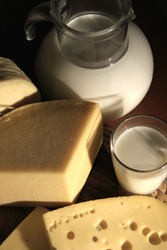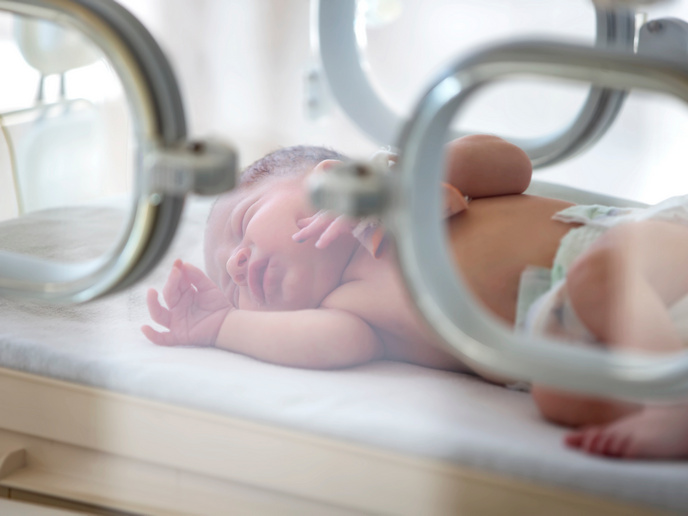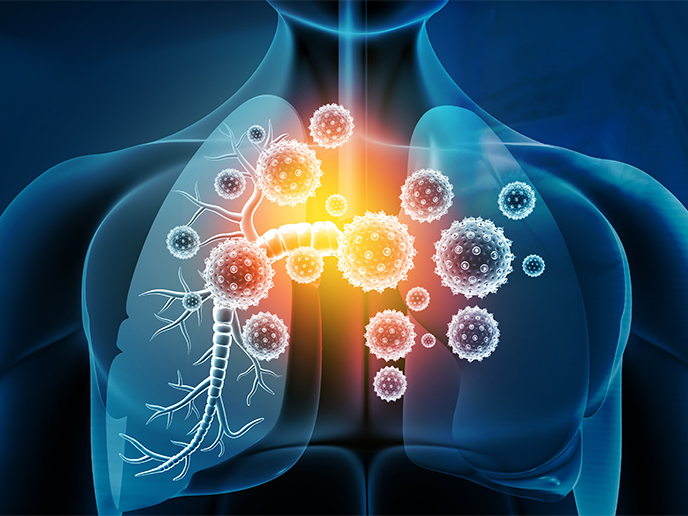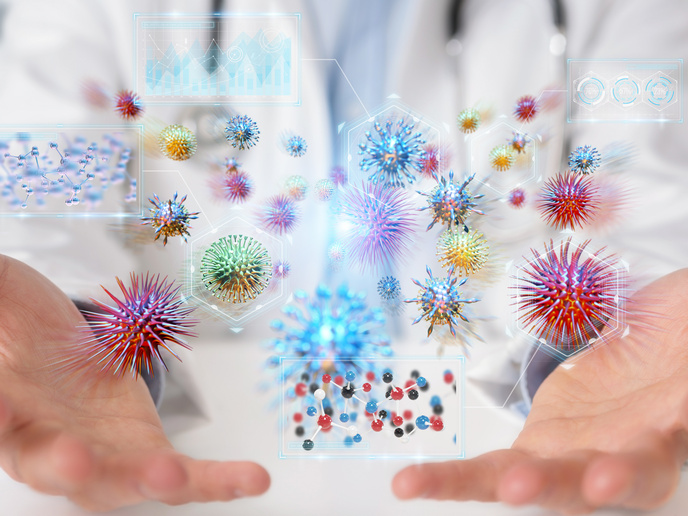Enzymatic activity in biogenic amine formation
The EC-funded DECARBOXYLATE project focused on the key chemical reactions leading to the formation of biogenic amines during the fermentation process in dairy and wine products. This key reaction is known as decarboxylation and it is also responsible for a series of favourable effects on the quality of the fermented product. The microorganisms responsible for the decarboxylation reactions leading to biogenic amine formation are known as lactic acid bacteria (LAB). Understanding LAB physiology and biochemistry is a crucial step in allowing scientists to differentiate between the different decarboxylation reactions and eventually inhibit the formation of the toxic biogenic amines. Researchers have verified that at the enzymatic level the enzyme responsible for the movement of the substrate and the end product in out of the cell is a carboxylate transporter. Given their crucial "position" at the beginning and end of the decarboxylation pathway these enzymes warranted further study within the framework of the DECARBOXYLATE project. Project partner, University of Groningen studied the binding site of the transporter enzyme aiming to gain further knowledge which might eventually lead to new inhibitors of biogenic amine formation. The studies revealed a number of structural details, previously unknown, which might indeed pave the way for innovative developments. Further examination is needed in order to arrive at solid conclusions regarding the interactions between substrate and enzyme.







